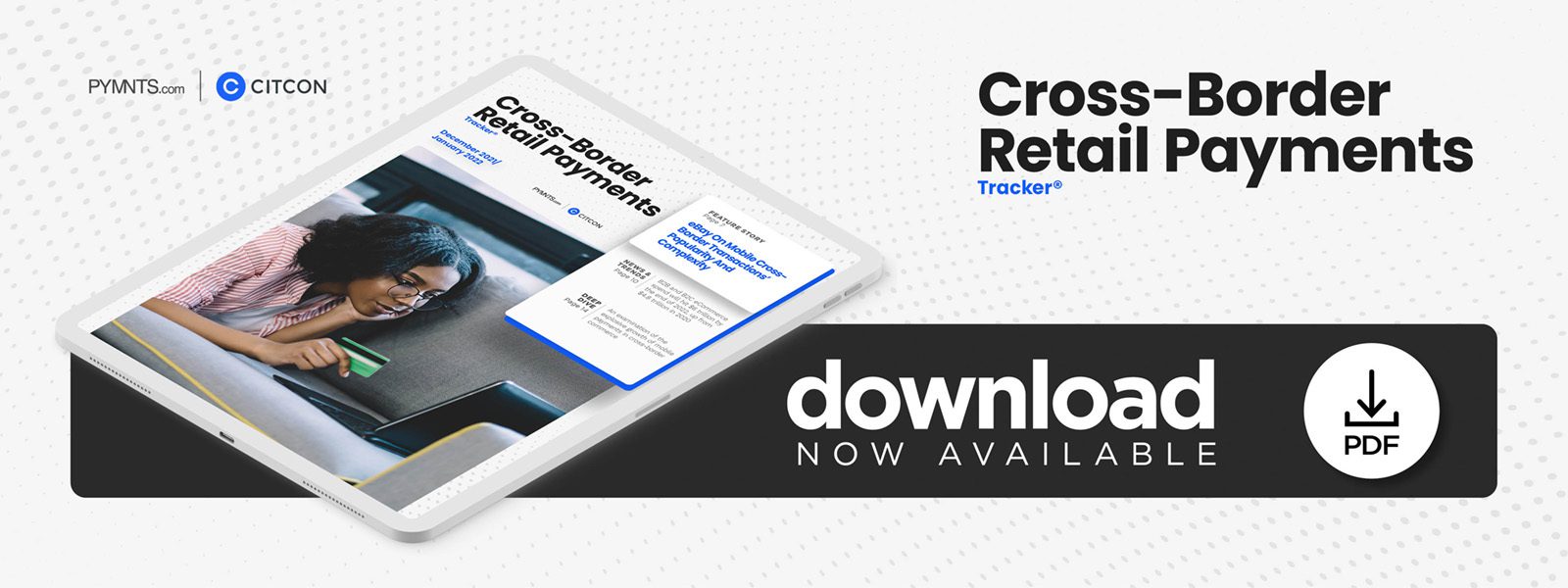Rising global internet usage and the continuing pandemic, which has forced many shoppers to make purchases online, have spurred eCommerce’s unprecedented popularity in recent years. These trends have led shoppers to make purchases from farther afield than ever before, and some are conducting cross-border transactions regularly without a second thought.
Consumers’ increased comfort with mobile shopping has also affected the rise in cross-border payments, as many have tools right at their fingertips that can empower them to make international purchases at any time with ease and convenience. Businesses that have even been around since the dawn of eCommerce in the 90s have been feeling this sea change in consumer behaviors, including industry giant eBay.
“With the rising popularity of eCommerce, 52% of eBay’s revenue comes from international operations,” said Avritti Khandurie Mittal, eBay’s vice president of products, payment and risk. “Consumers looking for must-have items of the moment or favorite finds from decades ago are no longer limited by geographical boundaries.”
Mittal recently spoke with PYMNTS about how mobile commerce has affected eBay’s cross-border transactions and the complications that must be resolved to make mobile international shopping as seamless as domestic purchasing.
How Mobile Commerce Has Affected Cross-Border Purchases
The worldwide rise of smartphones has made mobile commerce more practical than ever, as modern devices can perform tasks traditionally available on a computer. In some cases, they do so even more simply, especially via eCommerce platforms that offer their own apps.
eCommerce firms have seen these investments pay off, particularly as mobile commerce makes up an increasingly large fraction of customers’ total purchases, including cross-border ones.
“We’re seeing more and more buyers use their mobile wallets to make cross-border purchases,” said Mittal. “In fact, $12 billion of eBay’s Q3 2021 [gross merchandise value] came from transactions made on mobile devices.”
Another trend driving the increase in mobile cross-border traffic is the pandemic, which has led more users to online marketplaces. Increased familiarity with online services has made them more adept at shopping internationally as well, and eCommerce marketplaces are pulling out all the stops to make cross-border purchases almost indistinguishable from domestic ones, ensuring that consumers find what they need.
“The volume of cross-border payments is expected to continue to grow rapidly as economies navigate the ongoing pandemic,” said Mittal. “[The] scarcity of products resulting from the pandemic has encouraged consumers to transact more internationally. eBay’s cross-border trade business allows for greater access to products customers demand.”
However, providing such a seamless experience is not so simple, as eTailers must deal with fees, wait times, regulations and a variety of other obstacles standing in the way.
Mobile Cross-Border Commerce Complications
Customers demand that their cross-border transactions are kept transparent,easy to understand and that their currency of choice is supported, according to Mittal. While this might seem straightforward, it is made significantly more difficult by the fact that cross-border transactions are rarely as simple as moving money from point A to point B.
“With respect to cross-border purchasing, consumers demand currency support and transparency when shopping,” Mittal said. “Unlike domestic payments, cross-border payments need to travel across multiple intermediaries and financial institutions to perform the currency conversion and settlement of funds. This complexity can have a significant impact on small to mid-sized businesses in particular.”
However, large companies, such as eBay, have worked hard to reduce these complexities, and they have often seen these investments pay off. eBay leveraged a centralized payments platform to handle its cross-border traffic, for example, moving the burden of payments authentication away from individual sellers.
“We make it easier because of our new managed payments platform in all markets, which offers buyers and sellers a centralized platform that processes payments,” Mittal said. “Over the years, we’ve heard from sellers about the positive impact that managed payments has had on their business.
“Buyers love the flexibility, choice and ease of use. We are seeing increased usage of mobile wallets like Apple Pay and Google Pay and buy now, pay later options like Afterpay in Australia, particularly among new and reactivated buyers.”
Small to mid-sized businesses will likely have a much more difficult time navigating these challenges, however. Partnerships with third-party providers might be the optimal solution for handling cross-border payments and offering shoppers the wide variety of overseas vendors they have come to expect.





